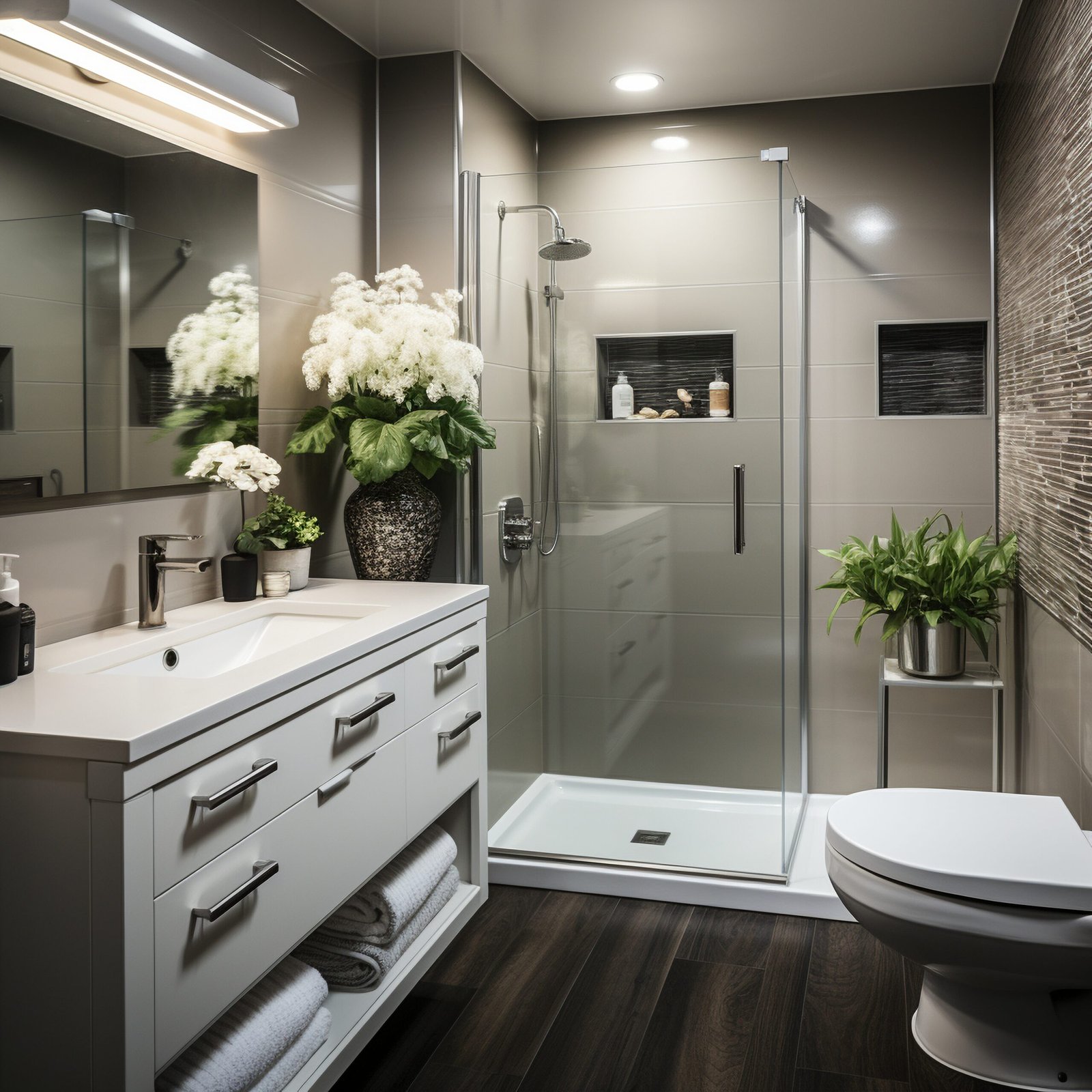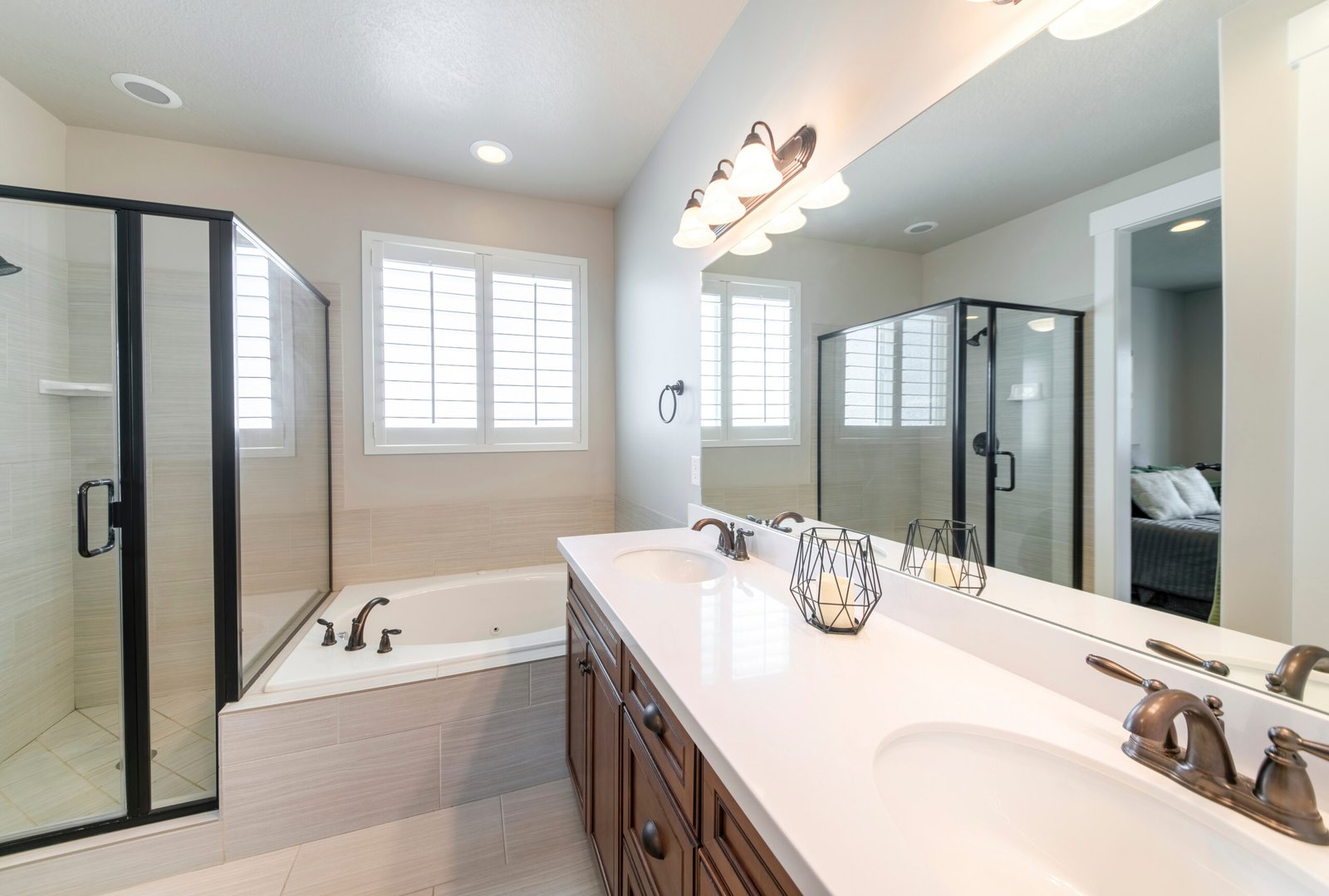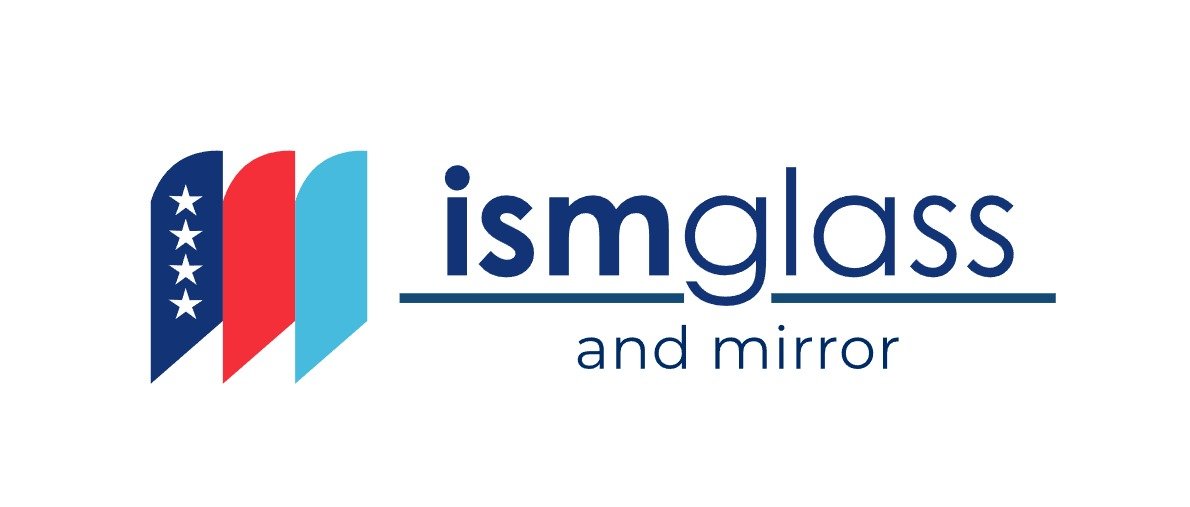When it comes to enhancing the aesthetics and functionality of glass surfaces, two popular techniques often come into play: sandblasting and filming. Both methods offer unique advantages depending on the look you’re going for, but they differ significantly in terms of durability, maintenance, and overall effect. In this blog, we’ll compare sandblasting and filming on glass to help you make the best decision for your space.
What is Sandblasting?
Sandblasting is a process where abrasive materials are blasted onto the surface of glass at high pressure, creating a frosted or etched appearance. The technique is highly customizable, allowing you to create intricate patterns, logos, and designs with exceptional precision.
Advantages of Sandblasting:
- Durability: Sandblasted designs are permanent and won’t fade over time.
- Customization: From subtle patterns to bold graphics, sandblasting can be tailored to your exact vision.
- Privacy and Style: Sandblasting provides a frosted effect, which offers privacy without sacrificing light. It’s a popular choice for offices, bathrooms, and retail spaces.
Disadvantages of Sandblasting:
- Cost: Sandblasting can be more expensive due to the customization process and the need for specialized equipment.
- Permanent Effect: While permanence is an advantage for some, it can be a drawback if you want flexibility or change your design in the future.
What is Filming on Glass?
Filming, on the other hand, involves applying a thin film or vinyl layer to the glass surface. This film can be transparent, frosted, or tinted, and can also be printed with patterns or graphics. Filming is often a more affordable and faster solution than sandblasting.
Advantages of Filming on Glass:
- Cost-Effective: Filming is typically less expensive than sandblasting, making it a great option for budget-conscious projects.
- Flexibility: The film can be easily removed or replaced, offering more flexibility for future design changes.
- Variety: There’s a wide range of films available, including frosted, tinted, patterned, or even printed with custom designs, allowing for diverse looks.
Disadvantages of Filming on Glass:
- Durability: Films may not last as long as sandblasting and can be prone to fading, peeling, or scratching over time.
- Maintenance: Filmed surfaces can require more upkeep to prevent bubbling or damage to the film.
Which Option is Right for You?
The choice between sandblasting and filming ultimately depends on your needs and budget. If you’re looking for a long-lasting, high-end solution with a custom design that will stand the test of time, sandblasting is likely the best option. It’s ideal for spaces that need both aesthetic appeal and privacy, such as offices or upscale retail environments.
However, if you’re working within a tighter budget or need a solution that offers flexibility and easy updates, filming may be the better choice. It provides a wide range of design possibilities and can be a great option for temporary installations or spaces where future changes are anticipated.
Conclusion
At ISM Glass and Mirror, we specialize in both sandblasting and filming techniques, providing you with the perfect solution tailored to your specific needs. Whether you’re aiming for a sleek, modern look or want to add a touch of privacy to your space, our team is here to help you explore all your options and bring your vision to life.




